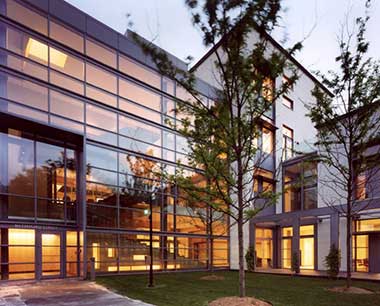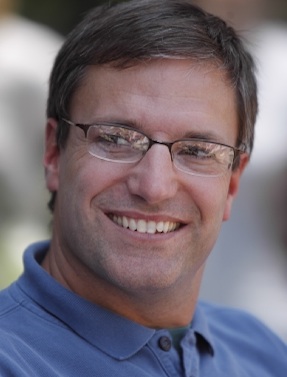By: Elizabeth B. Stein, Attorney and Adam Peltz, Attorney
In Tuesday’s blog post, we discussed the recently concluded Con Edison rate case, its context, and its significance in advancing clean energy and grid resilience in New York. Today, we take a closer look at the final Order posted last Friday by the New York State Public Service Commission (the Commission) to uncover some of the more encouraging outcomes buried in this 300+ page document:
- Con Edison agreed to various measures that allow for more distributed generation, i.e. on-site power generation, such as combined heat and power, rather than relying solely on power generation and distribution from the traditional, centralized grid. For example, Con Edison agreed to pay for some fault current mitigation, which enables distributed generation to be connected to portions of Con Edison’s grid where it would otherwise be prohibited, and agreed to develop an implementation plan for a microgrid pilot. Additionally, Con Edison agreed to treat customer-sited projects, including distributed generation, as integral parts of its system by considering them in its 24-month planning horizon. Because some distributed generation can operate in an ‘islanded’ mode, or separate from the main grid, and can thus continue operating in a power outage, distributed generation can play a critical role in improving resilience. Read More













